The Ministry of Construction has just submitted to the Prime Minister for consideration and approval the adjustment of the Railway Network Planning for the 2021-2030 period, with a vision to 2050.
According to the Ministry of Construction, approved in 2021 (Decision 1769/QD-TTg) has played an important role in the orientation of national transport infrastructure development. However, to date, adjustments are necessary to update GDP growth targets, population size, national spatial development orientation, new administrative organization and related sectoral planning.
From the review results, the Ministry of Construction proposed adjusting the scale and investment roadmap of a number of important national railway lines, especially putting many lines up for investment before 2030.
Regarding the North-South high-speed railway, the Ministry of Construction proposed to change the name to , with a length of about 1,541 km (4 km less than the old plan). Notably, the Vinh - Nha Trang section will be pushed up to invest before 2030, instead of after this milestone as originally planned.
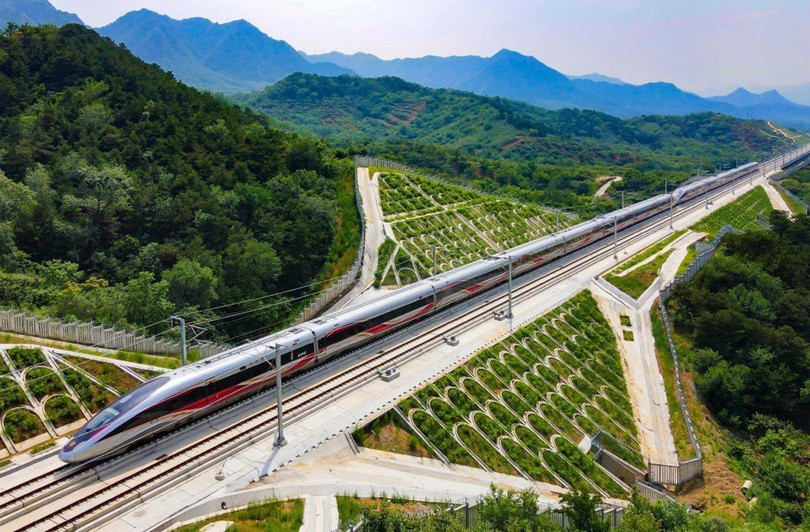
The entire route is also proposed to be invested in before 2030, 391km long, connecting directly to Lach Huyen international gateway port and major ports such as Nam Do Son and Dinh Vu - creating a strategic transport axis from the Northwest region to the Northern coastal area.
In the group of inter-regional and international routes, the Ministry of Construction proposed a series of important adjustments. Accordingly, the Hanoi - Quang Ninh route (132km), connecting Gia Binh international airport and coastal railways. Route (156km) and Hai Phong - Ha Long - Mong Cai (187km) are proposed to be invested before 2030 to increase connection capacity with China.
The Vung Ang - Mu Gia route ( Quang Binh ) has been adjusted to 105 km in length, strengthening the Vietnam - Laos transport connection. The Ho Chi Minh City - Loc Ninh route (128 km) is planned with a standard gauge of 1,435 mm, ready for international transport with Cambodia.
In addition, the Ministry of Construction proposed upgrading and expanding a number of routes connecting seaports and key economic zones such as: Kep - Ha Long - Cai Lan route (126 km) taking advantage of the infrastructure of Lim - Pha Lai route; Nam Dinh - Thai Binh - Hai Phong route (64 km) planned with a double track of 1,435 mm gauge; Bien Hoa - Vung Tau route expanding the range from An Binh station to Vung Tau, 132 km long.
For routes, progress has also been significantly shortened, such as Thap Cham - Da Lat, Ho Chi Minh City - Can Tho - Ca Mau and the route connecting the Central Highlands - Da Nang - Binh Phuoc, to synchronize with the national infrastructure development strategy.

In particular, the Eastern beltway of Hanoi is shortened to 31km, with a unified rail gauge of 1,435mm; the route itself is converted from national railway to urban railway, in line with the development orientation of the expanded Ho Chi Minh City urban area.
According to the Ministry of Construction, adjusting the railway network planning is not only to update information but also a strategic solution in reorganizing territorial space, associated with the two-level government model and key economic zones.
Forecast data conducted by the Academy of Strategy and Training of Construction Officials shows that: By 2030, the volume of goods transported by rail will reach about 15.3 million tons, accounting for 0.31% of the market share; reaching nearly 474 million trips, equivalent to more than 4% of the market share, of which national railways account for about 2%.
Although the overall network basically remains the same, the Ministry of Construction emphasized the need to adjust the investment roadmap, scale, function and scope to ensure feasibility, efficiency and suitability with the country's new development orientation.
Accelerating the construction of strategic railway lines is expected to create a breakthrough in regional connectivity, reduce road traffic, expand space for socio-economic development and enhance national competitiveness.
Source: https://baohatinh.vn/de-xuat-som-dau-tu-duong-sat-toc-do-cao-doan-vinh-nha-trang-post297509.html







![[Photo] Nhan Dan Newspaper launches “Fatherland in the Heart: The Concert Film”](https://vphoto.vietnam.vn/thumb/1200x675/vietnam/resource/IMAGE/2025/10/16/1760622132545_thiet-ke-chua-co-ten-36-png.webp)



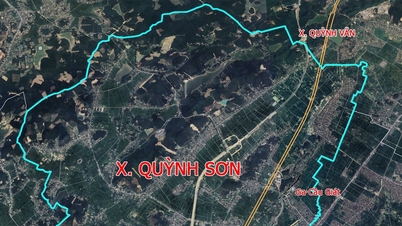

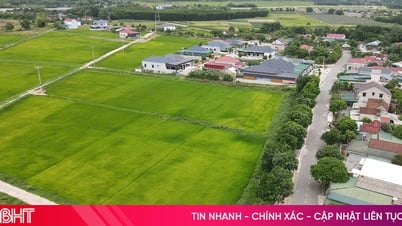








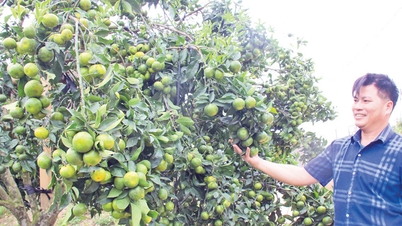




















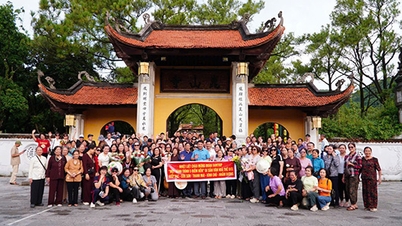














































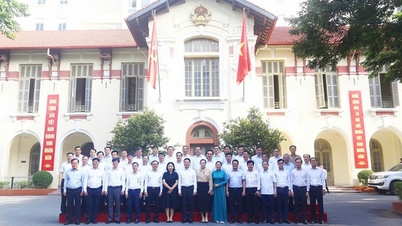







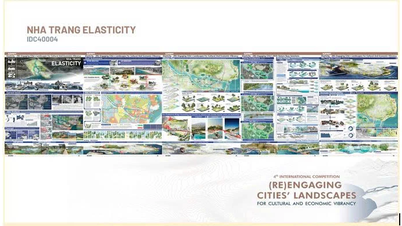















Comment (0)